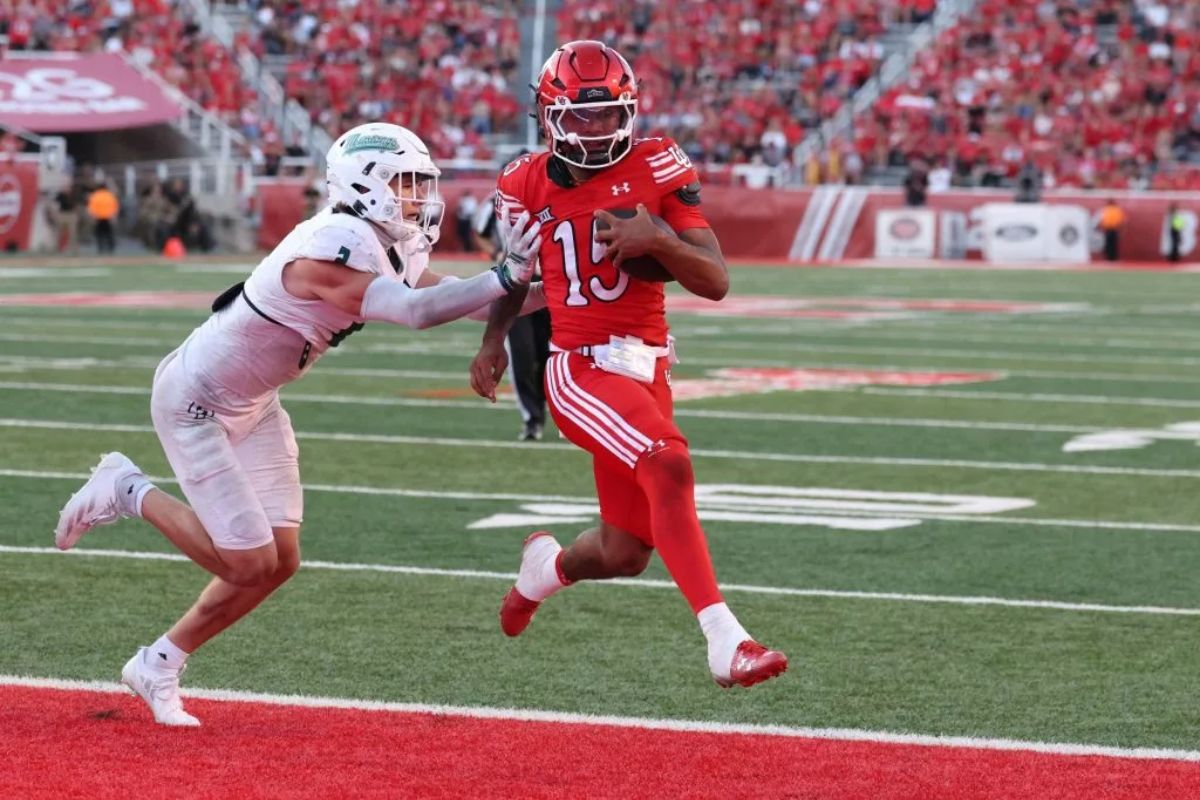
Ever wondered what sets Utah and Wyoming apart? These neighboring states in the American West share stunning landscapes and rich histories, yet they offer unique experiences. Utah boasts the iconic red rock formations of Arches National Park, while Wyoming is home to the majestic Yellowstone. But which state has the larger population? Utah, with its bustling cities like Salt Lake City, edges out Wyoming, known for its wide-open spaces and small-town charm. Curious about their economies? Utah thrives on tech and tourism, whereas Wyoming leans heavily on energy and agriculture. Ready to dive into more intriguing facts? Let's compare these two fascinating states!
Utah vs. Wyoming: A Tale of Two States
Utah and Wyoming, two states in the American West, offer unique landscapes, cultures, and histories. While they share some similarities, their differences make each state special. Let's dive into some fascinating facts about Utah and Wyoming.
Geography and Landscapes
Both states boast stunning natural beauty, but their landscapes differ significantly.
- Utah is home to five national parks: Zion, Bryce Canyon, Arches, Capitol Reef, and Canyonlands. These parks feature dramatic red rock formations and unique geological structures.
- Wyoming hosts Yellowstone National Park, the first national park in the world, known for its geysers, hot springs, and diverse wildlife.
- Utah has the Great Salt Lake, the largest saltwater lake in the Western Hemisphere, which is a remnant of the ancient Lake Bonneville.
- Wyoming features the Grand Teton National Park, famous for its rugged mountain range and pristine alpine lakes.
- Utah's Bonneville Salt Flats are so flat and vast that they are used for land speed records.
- Wyoming is home to Devils Tower, the first United States National Monument, a striking geological feature rising dramatically from the plains.
Climate and Weather
The climates of Utah and Wyoming can be quite different, affecting everything from outdoor activities to daily life.
- Utah experiences a semi-arid to desert climate, with hot summers and cold winters.
- Wyoming has a more varied climate, with cold winters and mild summers, especially in the mountainous regions.
- Utah's ski resorts, like Park City and Alta, are famous for their "Greatest Snow on Earth," attracting skiers from around the globe.
- Wyoming's Jackson Hole is a premier destination for skiing, known for its challenging terrain and deep powder.
History and Culture
The histories and cultures of Utah and Wyoming reflect their unique paths to statehood and development.
- Utah was settled by Mormon pioneers in 1847, led by Brigham Young, and the state remains a cultural center for the Church of Jesus Christ of Latter-day Saints.
- Wyoming was the first state to grant women the right to vote in 1869, earning it the nickname "The Equality State."
- Utah became the 45th state in 1896, while Wyoming joined the Union earlier, as the 44th state in 1890.
- Utah celebrates Pioneer Day on July 24th, commemorating the arrival of the first Mormon settlers.
- Wyoming celebrates Wyoming Day on July 10th, marking the anniversary of its statehood.
Economy and Industry
The economies of Utah and Wyoming are shaped by their natural resources and industries.
- Utah has a diverse economy, with strong sectors in technology, mining, and tourism.
- Wyoming's economy is heavily reliant on mineral extraction, particularly coal, oil, and natural gas.
- Utah is known as the "Silicon Slopes" due to its growing tech industry, which includes companies like Adobe and Qualtrics.
- Wyoming is the largest coal producer in the United States, providing a significant portion of the nation's energy.
- Utah's Sundance Film Festival, founded by Robert Redford, is one of the largest independent film festivals in the world.
- Wyoming's economy benefits from tourism, with millions visiting Yellowstone and Grand Teton National Parks each year.
Wildlife and Nature
Both states offer rich opportunities for wildlife viewing and outdoor adventures.
- Utah is home to the Utah prairie dog, a species found only in the southwestern part of the state.
- Wyoming's Yellowstone National Park is famous for its bison herds, which roam freely across the park.
- Utah's diverse ecosystems support a variety of wildlife, including mule deer, mountain lions, and bald eagles.
- Wyoming has a significant population of elk, with the National Elk Refuge near Jackson providing a winter home for thousands of these majestic animals.
Final Thoughts on Utah vs. Wyoming
Utah and Wyoming, though neighbors, offer distinct experiences. Utah boasts stunning national parks like Zion and Bryce Canyon, while Wyoming is home to Yellowstone and the Grand Tetons. Utah's Salt Lake City is a bustling urban center, whereas Wyoming's Cheyenne retains a small-town charm. Outdoor enthusiasts will find paradise in both states, with Utah's red rock landscapes and Wyoming's vast plains and mountains. Economically, Utah has a more diverse economy with tech and finance sectors, while Wyoming relies heavily on mining and agriculture. Both states have rich histories, from Utah's Mormon heritage to Wyoming's Wild West past. Whether you're drawn to Utah's vibrant cities or Wyoming's rugged wilderness, each state offers unique adventures. So, whether you're planning a visit or considering a move, both Utah and Wyoming have something special to offer.
Was this page helpful?
Our commitment to delivering trustworthy and engaging content is at the heart of what we do. Each fact on our site is contributed by real users like you, bringing a wealth of diverse insights and information. To ensure the highest standards of accuracy and reliability, our dedicated editors meticulously review each submission. This process guarantees that the facts we share are not only fascinating but also credible. Trust in our commitment to quality and authenticity as you explore and learn with us.
